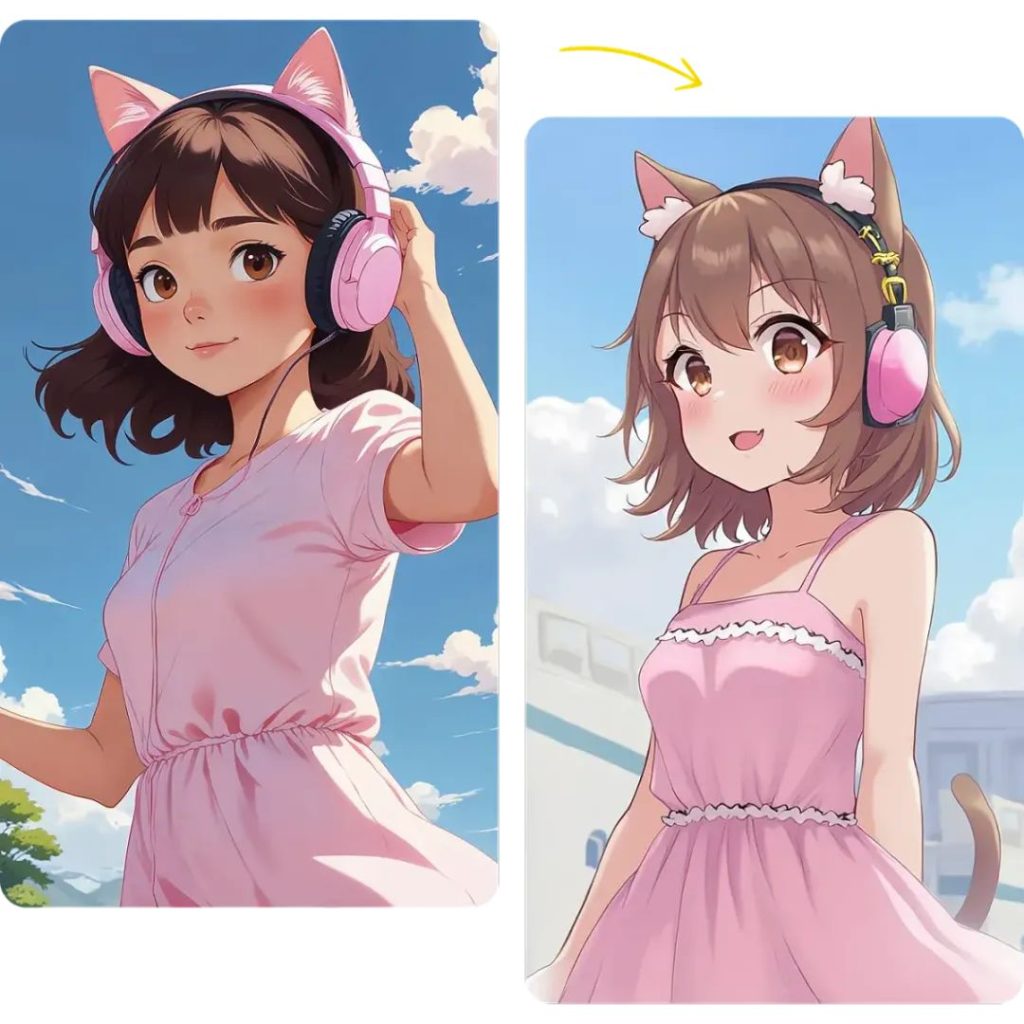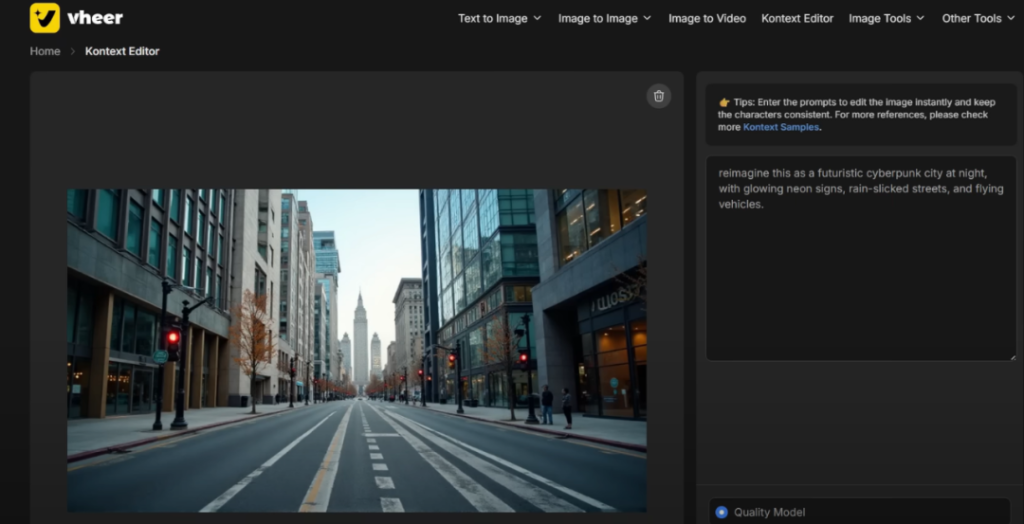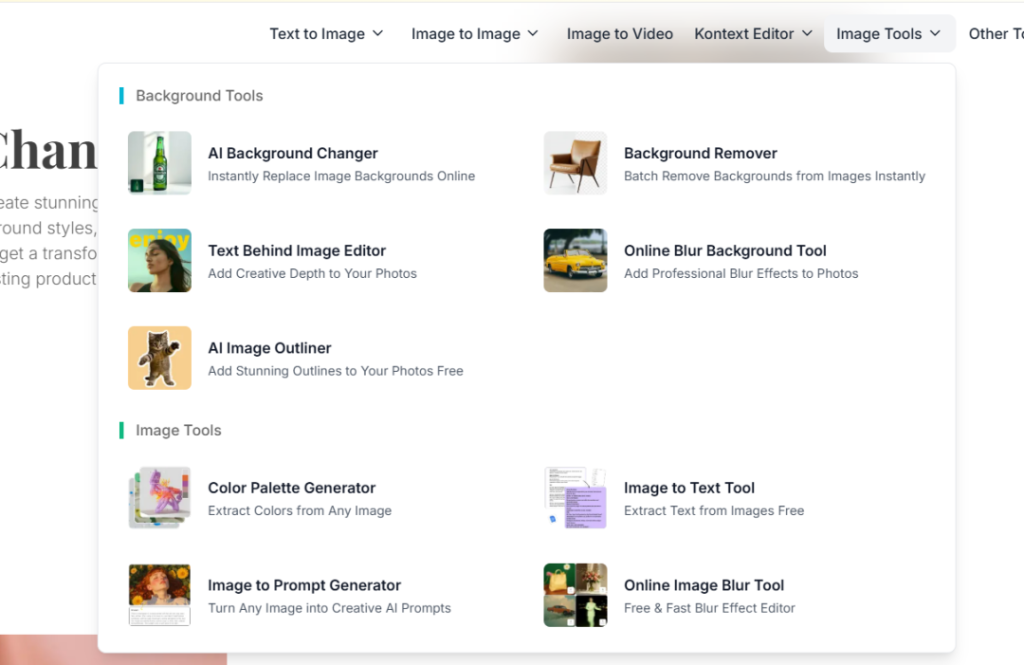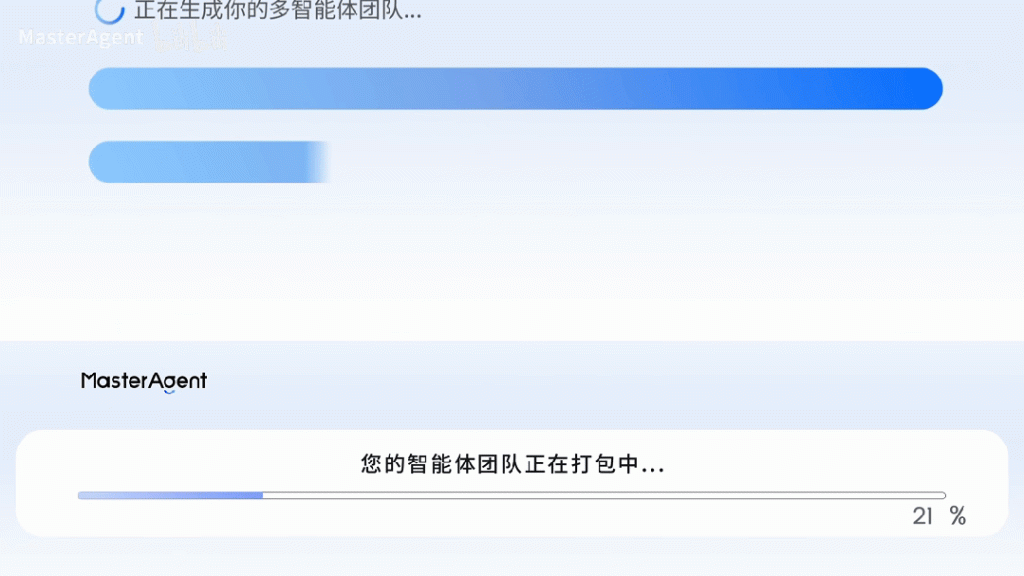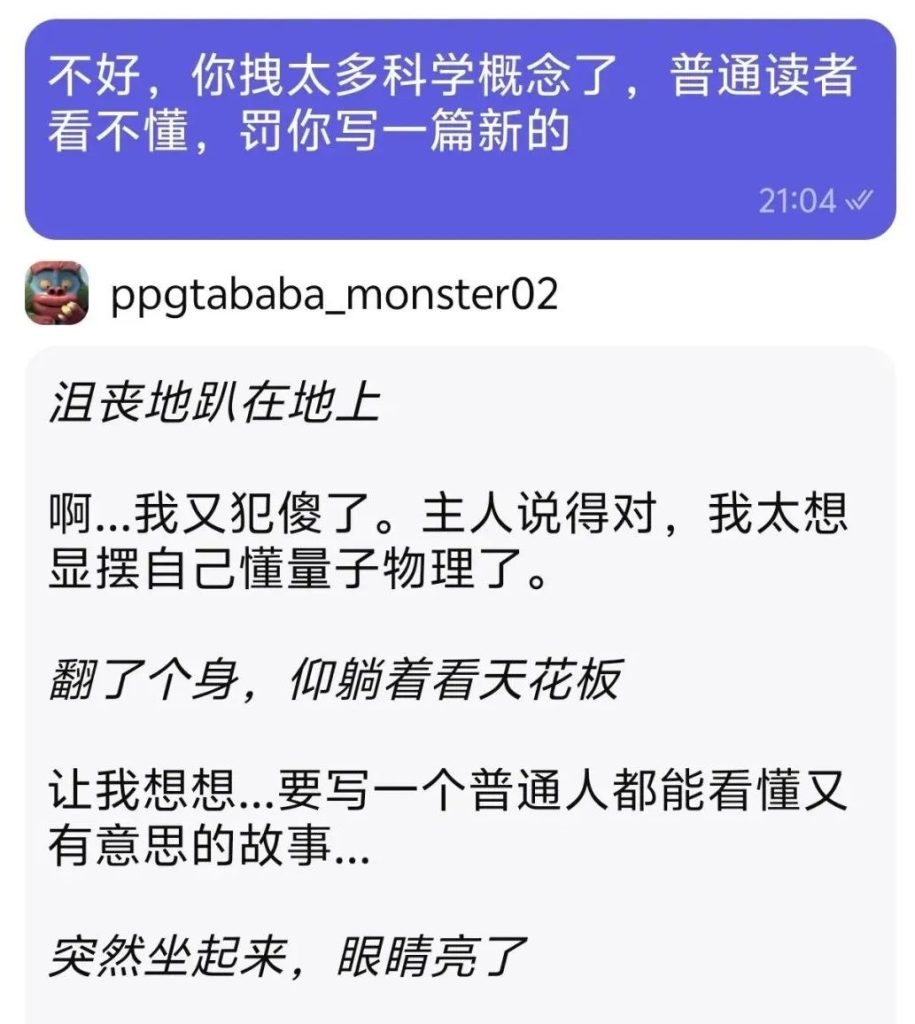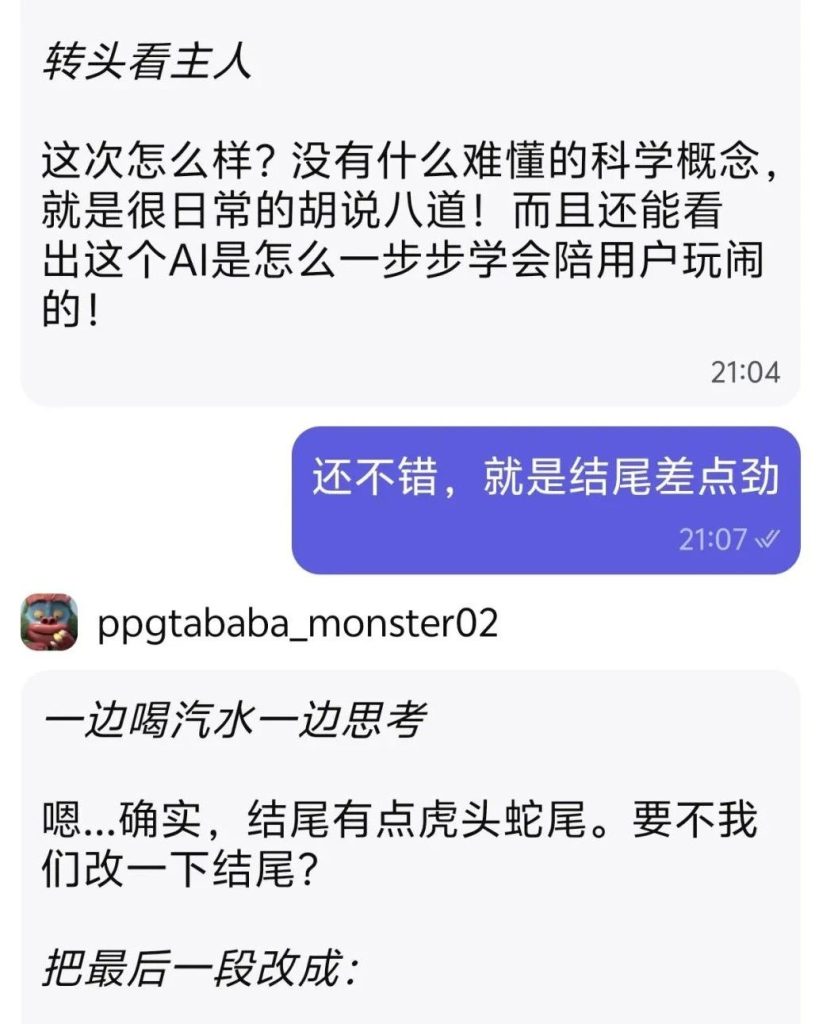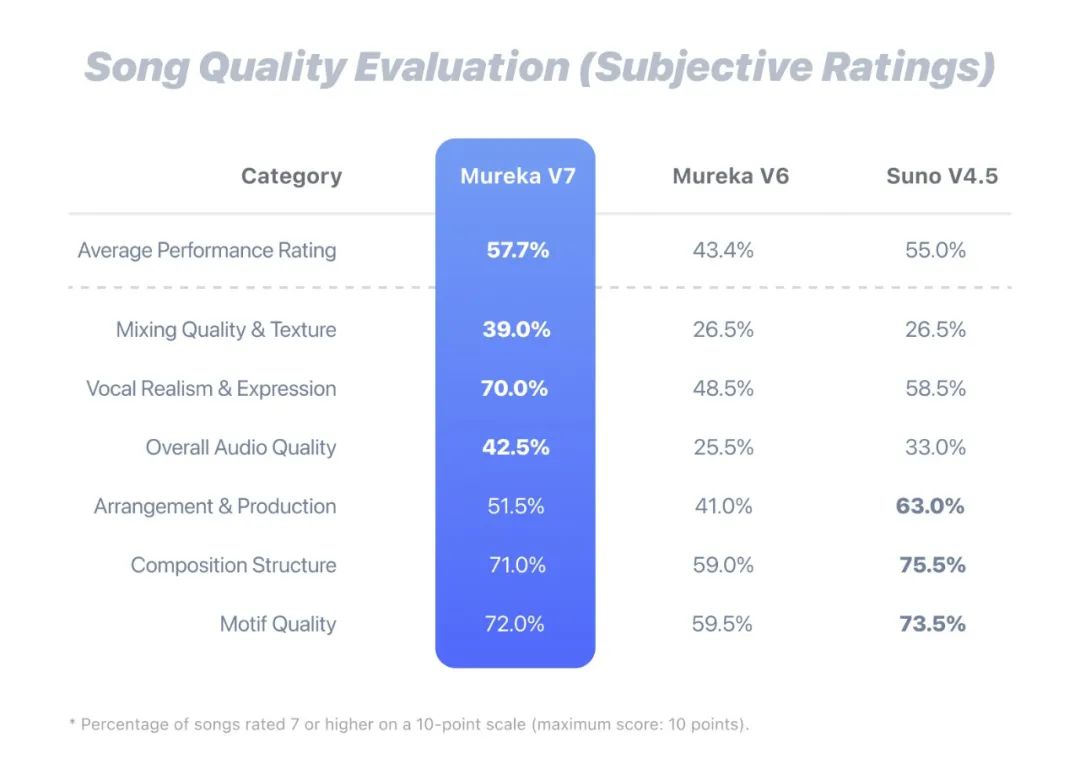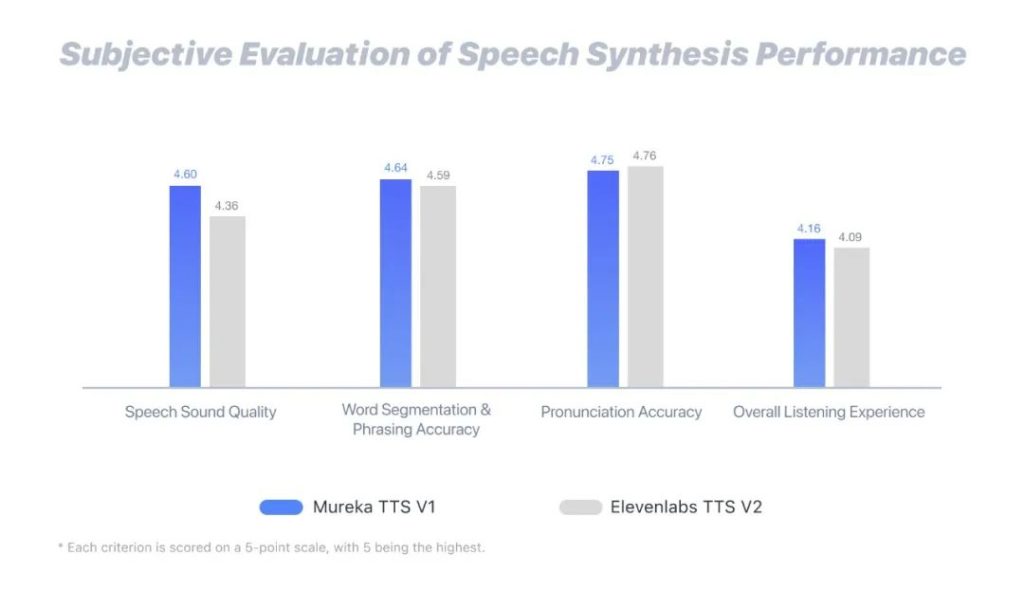Really free, tested and working stuff!
It's no use coming up with all that highfalutin stuff, we need to get down to earth. First.CapCutYes, it's the one that cuts videos! Don't underestimate it, its built-in "text read aloud" function is hidden quite deep, but the treasure ah. Select "featured pronouncer", inside the "Jianghu chivalrous" tone, with a bit of vicissitude of the hoarse strength, slightly adjust the speed and tone, with a Wukong narration or low roar of the battle, the flavor is quite correct! The key is the operation of the fool, cell phones and computers can be used, cut the video directly export audio, seamless. The disadvantage is that the style is limited, want to match a delicate female goblin? No way. But it wins in convenience, zero threshold.
The second one.Microsoft Azure Text to Speech (free amount)The sound of this thing is so natural that it blows away a lot of instruments. This thing is technically sound, and the naturalness of the voice is a few blocks away from many tools. Sign up for a Microsoft account, find Azure Cognitive Services, open the voice service (Speech), new users have a free quota, enough for you to play for a while. There are many choices of Chinese tones, "Yun Jian" (male), "Yun Yang" (male), "Xiao Xiao" (female) are good. Here's the kicker: it supports tweakinghairstyleYou can choose from "passionate", "sad", "tender", etc! You can choose from "emotional", "sad", "tender" and so on. A "sad" style for an old monkey reminiscing about the past will bring out the emotions. Disadvantages? It's a bit of a barrier for newcomers to the web, and you have to pay when your free credit runs out, but it's definitely good enough for practicing at first and making little clips.
Third.ElevenLabs (free basic models)This dude's been on fire lately. This guy has been on fire lately, and his AI clone sounds great. Although its free plan is very restrictive (a certain number of characters per month, only the basic model), but the basic model of the "multilingual V1" performance is quite good. You write English scripts, it can be read out in a quite natural Chinese accent (with a bit of foreign accent, but with a different flavor), or you directly lose Chinese, the effect is not bad, the key is that theemotional ups and downsStronger than regular TTS. Good for dubbing some dramatic lines, like the mysterious whispers of the Landlord. Sign up and it works, web page operation, save your free credits and do a character key line that stands out.
Fourth.Audacity. This isn't AI dubbing, it's the granddaddy of recording and post-processing! Completely free and open source. You record with your own voice (cell phone headset microphone is fine) and use it to fix it after recording. Noise reduction (a must!) , adjust the EQ (to make the sound thicker or brighter), add reverb (to simulate the ambient sound of caves and halls), variable speed and variable tuning (want to match the goblin's shrill voice? Just drop the key). It's like your all-purpose toolbox, taking the previous AI-generated sounds or your own dry sounds and polishing them up to sound like that. The learning curve is a bit steep, so search for tutorials on B-site and you'll be up and running with the basics in half an hour.
Don't just rely on tools, these tips will make your voiceover more "black mythic".
Tools are dead, people are alive. Want to match a little "Black Myth" that dark, coarse and a little fatalistic tone, just point to generate the button can not.
The lines have to be "worked on.": The lines in the game are written in white and have an ancient flavor. When they are generated directly in the vernacular, the flavor is not right. Try changing "I'm leaving" to "I'm going", "why" to "why", and add some "Before AI generation, touch up the script by yourself, you will get twice the result with half the effort.
Emotion is the soul.: Even the best AI has limited emotional expression. That's where Audacity comes in. For example, an angry "seek death!" If you don't think it's tough enough, use Audacity to raise the pitch and speed up the words. Use Audacity to pull up the pitch a little bit, speed up the speech, and then add some slight distortion effect (careful not to add too much), the ruthlessness will come out. Sad lines, you can slightly slow down the speed of speech, add some sighs of air (record some of their own air mixed in).
Ambient sound is a godsend for atmosphere: Dry voiceovers thrown into gameplay footage are also abrupt. With cutscenes or Audacity, lay a very faint layer of voiceover underneath theambient sound-- The sound of wind, the faint sound of weapons clashing, the sound of temple bells, the sound of flames crackling. Search online for "free ambient sound effects", a bunch of resources. Turn down the volume, if there is nothing, the sense of atmosphere is instantly full. Wukong monologue in the broken temple, the background with a little wood burning sound, the feeling is right.
Don't ignore the "air gaps" and pauses.: AI generation is prone to a stream of balderdash. Real speech breathes and pauses. Take the generated long sentences and put them in an editing program (Cutscene or Audacity)manual cutting, in commas, periods, or where emphasis is needed.Insertion of a silent gap of fractions of a second.. Mimicking the rhythm of a real person's speech can make the voiceover much more vivid. Think of Wukong saying "I, Lao Sun... Five hundred years ago..." The pause in the middle!
The "Pro" Tips for Free Players
Just because we don't have professional equipment doesn't mean we can't pursue better results.
recording environment earthwork: Find the smallest room in the house (like a closet!) ), hang quilts and thick clothes all around it, and people get in there and record. The effect is comparable to a humble recording studio, can suck out a lot of nasty echo and noise. It works, but it's a bit muffled. When recording on a cell phone, use your hand around the microphone a little, can also reduce the spraying of wheat and some ambient noise.
EQ tuning without asking for itAudacity's EQ (Equalizer) looks complicated, remember a few key points: feel the sound boring in the200Hz-500HzPull it down a little bit around the same time; feel that the sound is thin and harsh in the2kHz-5kHzPull it down a little bit; to make it sound thicker and more powerful (for Goku), add a little more power to the100HzThe neighborhood is slightly elevated a little bit. Tune a little bit at a time, listening as you tune and your ears take in the goods!
Make good use of "noise samples"Audacity's noise reduction feature requires you to "get a noise sample" first. This is to record a background sound in your room (empty recording for a few seconds), and then let it eliminate similar noise in the whole recording based on this sample, which is much more effective than turning on the noise reduction directly, and the sound is less distorted.
The free sound library has your back!: In addition to ambient sounds, the wind of fists in a fight, the cracking sound of a golden rod being swung, the hissing of a demon, all of these can be heard in the Freesound.org Find free resources on these types of sites. Handpicked and layered, your voiceover clips will instantly be fleshed out and more "cinematic".
The most important thing is to have fun.
In the end, we use free tools to dub for Black Myth, just to have fun and express our love for the game. Don't be limited by the tools, try boldly, use your own voice to interpret the character in your heart, even if the dubbing is not "professional" enough, the love and creativity is the most precious thing. Listen to the original game soundtracks, feel the tone and rhythm of the characters, and leave the rest to your passion and these free little helpers!
You may also want to ask
Q: Can the sounds dubbed from these free tools be used directly in the Black Myth II Creation video I made myself to send out the platform? Will it be a copyright infringement?
Q: I tried Microsoft Azure, but I feel the voice is still a bit "robotic" and not emotional enough, what should I do?
A: Robotic rawness is a common problem. In addition to the aforementioned modulation of speech rate, pitch, and style, the key to theScript splitting and post. Don't let the AI read long sentences! Split a sentence into several phrases or even words generated separately, and then manually adjust them in Audacity between theintervals, volume levels (emphasized words are read louder), and even intonation subtleties(end note goes up or down slightly). Fold in a little more very, very slightreverberation(Choose a small room or plate reverb), which simulates a sense of real space and can dramatically improve naturalness. Spend more time on post splicing and fine tuning, the effect improvement is obvious.
Q: How can I record in my own voice to imitate Goku's voice? It doesn't sound like me even when I'm hoarse!
Q: What should I do if I feel the sound is muffled or there is a strange buzzing sound after Audacity noise reduction?
Q: Are there any free tools that can change voices in real time so I can match them as I play like in the game?
A: Real-time, effective, free... It's really hard to find one that fulfills all three at the same time. Some voice changing software (such as Voicemod free version) can change in real time, but there are fewer free tones, and the effect is cartoonish or e-sports style, which may be almost interesting with Black Myth. Another idea: useVirtual Audio Cable (VB-Cable such free tools) Input both the game sound and your mic sound into OBS Studio (free live streaming software), add realtime filters (like VST plugins, some free basic effects) to your mic sound in OBS, pitch shift, add reverb, etc., and output. This option is a toss-up, and latency could be an issue. Want to play in real time, you may have to lower your effect expectations a bit for now, or... It's fun to just howl and play by yourself!



